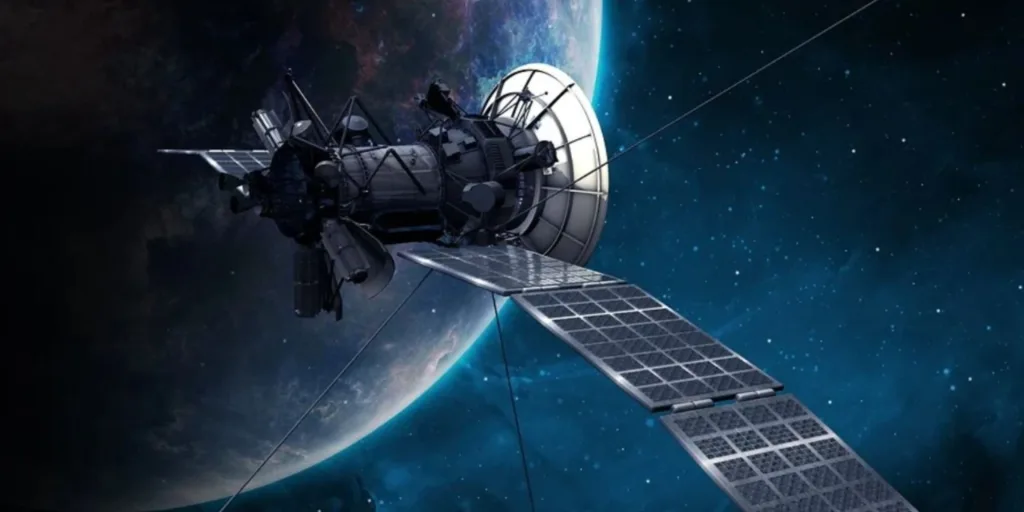ISRO India
The Indian Space Research Organisation (ISRO), renowned for its remarkable feats in space exploration, recently encountered a hurdle with its NVS-02 navigation satellite. Launched with the aim of bolstering India’s navigation capabilities, the satellite found itself in an unexpected initial orbit, sparking concerns about its operational future. This situation highlights the complexities of space travel and the challenges involved in precisely placing satellites into their designated orbits.

Imagine throwing a ball high into the air. You aim for a specific spot, but sometimes the ball doesn’t quite land where you intended. Similarly, launching a satellite into orbit requires immense precision. Engineers meticulously calculate the trajectory, accounting for Earth’s gravity, atmospheric drag, and other forces. However, even with the most careful planning, unforeseen circumstances can arise, leading to deviations from the intended path.
In the case of NVS-02, the satellite was injected into an orbit that differed from the planned trajectory. This initial orbital mismatch presented a significant challenge for the ISRO team. The primary concern is that the satellite’s current orbit might not be suitable for its intended function, which is to provide precise navigation signals. A satellite in an incorrect orbit may not be able to maintain consistent coverage or transmit signals effectively.
The immediate priority for ISRO’s experts is to assess the situation and determine the best course of action. This involves carefully analyzing the satellite’s current orbital parameters and evaluating whether it can be maneuvered into the correct orbit. Think of it like trying to steer that errant ball to the right spot after it’s already in the air. This requires precise adjustments and a deep understanding of the forces at play.
The process of correcting a satellite’s orbit is a delicate and complex undertaking. Satellites are equipped with small thrusters, which are essentially tiny engines that can be used to make adjustments to their trajectory. However, these thrusters have a limited amount of fuel, and each maneuver must be carefully calculated to maximize efficiency. Too much fuel consumption could shorten the satellite’s operational lifespan.
ISRO’s engineers are meticulously working on this problem, using their expertise to determine the optimal strategy for NVS-02. They are considering various factors, including the satellite’s current orbit, its remaining fuel, and the desired final orbit. The goal is to find a solution that will allow the satellite to fulfill its mission while minimizing the use of its precious fuel reserves.
While the situation is undoubtedly challenging, it’s important to remember that setbacks are a part of space exploration. Even the most experienced space agencies encounter unexpected issues. What sets these organizations apart is their ability to analyze the problem, develop creative solutions, and persevere in the face of adversity.
The NVS-02 mission is crucial for India’s navigation infrastructure. The NVS series of satellites is designed to provide accurate and reliable navigation services for various applications, including transportation, mapping, and disaster management. A successful navigation system is essential for a modern economy, and ISRO’s commitment to this program is unwavering.
The current situation with NVS-02 underscores the inherent risks and difficulties associated with space missions. Launching and operating satellites is a complex endeavor, requiring years of planning, development, and testing. Even with the most rigorous preparations, unforeseen events can occur, highlighting the need for adaptability and resilience.
The outcome of the NVS-02 situation remains to be seen. However, the dedication and expertise of the ISRO team offer hope for a positive resolution. The entire nation is watching closely, hopeful that these brilliant minds will find a way to guide this satellite to its intended destination among the stars. Regardless of the final outcome, the experience gained from this challenge will undoubtedly contribute to ISRO’s continued advancement in space technology and exploration. This incident serves as a reminder that even in the realm of cutting-edge technology, the journey to the stars is often filled with both triumphs and trials.Sources and related content
Read more about Satellites
Explore our more Trending Blogs. Click here.


